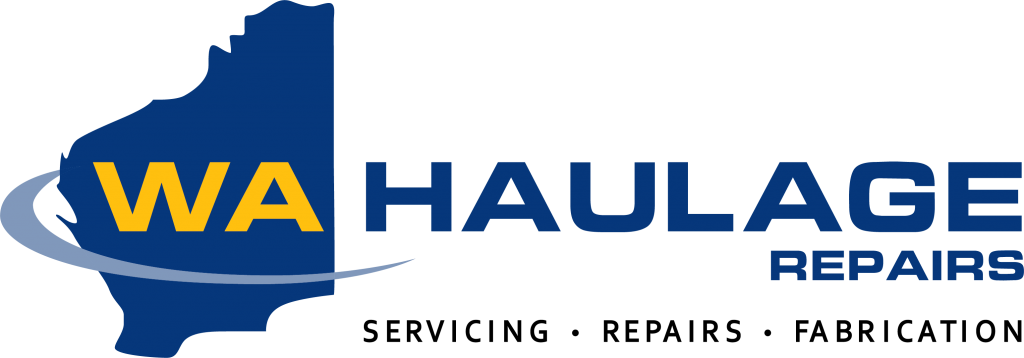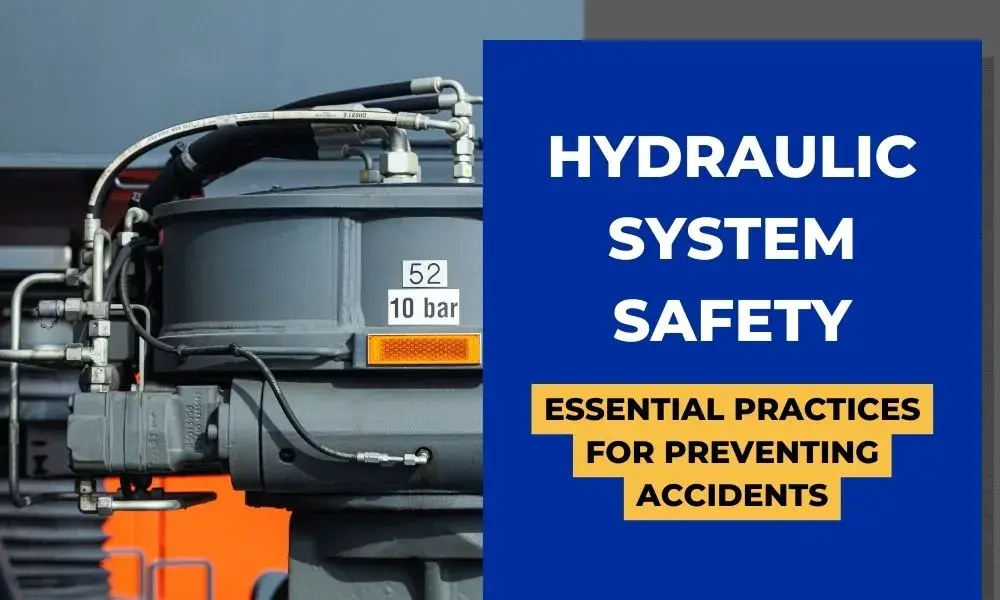Hydraulic systems play a pivotal role in various industries, powering heavy machinery and equipment essential for construction, manufacturing, agriculture, and more. While these systems are efficient and powerful, they also pose significant safety risks if not properly maintained and operated.
Accidents involving hydraulic equipment can result in serious injuries, fatalities, and costly damage to property. Therefore, implementing robust safety practices is crucial to ensure the wellbeing of workers and the integrity of operations. Let’s take a closer look at essential practices for hydraulic system safety, including inspection, maintenance, and operational guidelines.
Understanding Hydraulic System Safety
Hydraulic systems rely on pressurised fluid to transmit power, enabling the movement of heavy loads with precision and efficiency. While these systems offer numerous benefits, they can also present hazards that require careful management.
Hydraulic system safety encompasses various aspects, including equipment design, maintenance procedures, and operator training. By addressing these elements comprehensively, you can minimise the risk of accidents and create a safer work environment for everyone involved.
Hydraulic System Inspection
Regularly inspecting your hydraulic system is essential to identify potential issues before they escalate into safety hazards. Here are some key aspects to consider during the inspection process:
1. Fluid Levels and Quality: Monitoring hydraulic fluid levels is critical to ensure optimal system performance. Low fluid levels can lead to decreased efficiency and potential equipment damage. Inspect the quality of the hydraulic fluid, checking for contamination or signs of degradation. Contaminated fluid can compromise your hydraulic system’s integrity and increase the risk of component failure.
2. Hoses and Fittings: Inspect hydraulic hoses and fittings for signs of wear, damage, or leaks. Damaged hoses or fittings can result in fluid leakage, leading to loss of pressure and potential hazards. Replace any damaged components promptly and ensure proper tightening of fittings to prevent leaks.
4. Pressure Gauges and Controls: Check pressure gauges and control mechanisms to ensure they are functioning correctly. Proper pressure regulation is essential for safe and efficient operation of hydraulic equipment. Calibrate pressure gauges as needed to maintain accuracy and reliability.
5. Structural Integrity: Inspect the structural integrity of your hydraulic equipment, including cylinders, valves, and reservoirs. Look for signs of corrosion, fatigue, or mechanical damage that could compromise safety. Reinforce or repair any weakened or damaged components to prevent failures during operation.
Hydraulic Equipment Safety
In addition to regularly inspecting your hydraulic system, implementing specific safety measures for hydraulic equipment is vital to minimise risks. Here are some essential practices to enhance hydraulic equipment safety:
1. Operator Training: Proper training is essential for operators to understand the safe operation of hydraulic equipment. Training should cover equipment controls, emergency procedures, and hazard recognition. Ensure that operators are familiar with manufacturer guidelines and recommended practices for safe operation.
2. Personal Protective Equipment (PPE): Provide appropriate PPE, including gloves, safety glasses, and protective clothing, to operators working with hydraulic equipment. PPE can help mitigate the impact of potential accidents and injuries, providing an additional layer of safety.
3. Lockout/Tagout Procedures: Implement lockout/tagout procedures to prevent accidental energisation of hydraulic systems during maintenance or repair activities. Lockout/tagout procedures help safeguard workers from unexpected hydraulic system activation, reducing the risk of accidents and injuries.
4. Clear Communication: Establish clear communication protocols between operators and maintenance staff when working with hydraulic equipment. Ensure that everyone involved understands their roles and responsibilities, especially during critical tasks such as system maintenance or troubleshooting.
5. Be Prepared for Emergencies: Develop and communicate emergency response plans specific to hydraulic system failures or accidents. Provide training on emergency procedures, including how to shut down equipment safely and respond to hydraulic fluid spills or leaks. Having well-defined protocols in place can minimise the impact of emergencies and facilitate prompt intervention.
Implementing thorough inspection procedures, adhering to safety protocols, and offering adequate training and resources are essential steps that help minimise the risk of accidents and foster a safer work environment. Whereas, proactive maintenance and following safety guidelines help to prevent accidents and keep your hydraulic system in check.
At WA Haulage Repairs, we specialise in hydraulic repair services, addressing everything from pumps to cylinders, valves, and lines. We know how disruptive vehicle breakdowns can be to your business and our team of experts are dedicated to keeping your hydraulic systems in optimal condition. Contact us to schedule your next maintenance job or to chat about your hydraulic system requirements.


